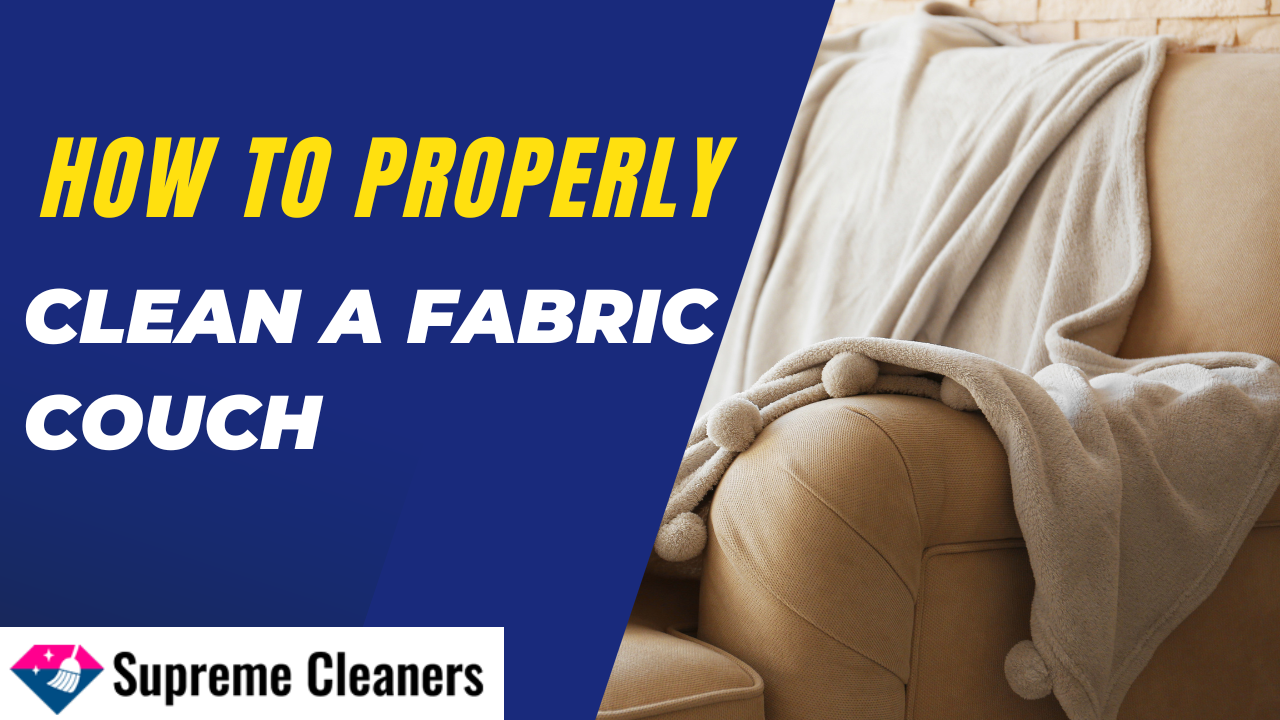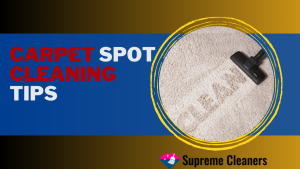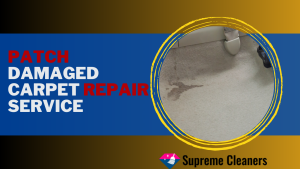Fabric couches come in different colours, patterns, textures and materials. They easily complement the remaining décor in the house and are soft, flexible and high on comfort quotient. Hence they are a preferred option for numerous home-owners. However, fabric couches also tends to gather stains, dust, dirt and other filth with daily usage.
But their cleaning and maintenance is an aspect that home-owners are not fully known aware of. Dealing with all of the cleaning aspects is also highly important to maintain the couch. Read ahead to know more about how one can clean a fabric couch in a proper manner:
Make Sure You Know The Cleaning Codes
Given ahead are codes that are given on the care tag of a couch. Check them once before applying any cleaning product on the couch.
- S means you need to clean the couch with a cleaner that is free of water
- X means you only can use a vacuum or brush to clean this fabric.
- W means solvent-based cleaners are safe to be used for cleaning of this fabric.
- W/S means you can use water or a cleaner that is solvent-based for the cleaning.
How To Clean a Fabric Couch
-
Patch test
First, check for the codes given with the couch and then apply the relevant cleaning product onto a hidden spot. This will help you know whether the product is suited for the fabric. It is safe to be used if there is no loss of colour or spotting.
-
Run a Steamer on the couch
Use a steamer or a steam iron on the couch to begin the cleaning. This step will work to dissolve dust mites living on the surfaces.
-
Vacuum
Vacuum the couch properly covering all portions including armrest, cushions, sides, and the back. Use the crevice attachment to access the seams and the trim.
-
Spot treatment for the stains
Create a paste using baking soda and a few drops of water. Apply this paste on the stained portions and rub it properly covering its corners. Let the mixture remain on the stain for about 25-30 minutes. Vacuum the portion after that.
Alternatively, you can also use a solution made out of vinegar, water and a gentle dish wash soap. Apply some of this solution onto the stain and then blot it out with a clean cloth. Air dry the couch after that.
-
Clean the armrests and back
For fabrics that have the W tag, you can simply apply the cleaner and water onto the fabric. Use a brush to agitate it and then vacuum the entire dirty residue. If the fabric is solvent-only, then you would have to get in a couch cleaning professional for a detailed and proper clean-up.
-
Sanitize the couch
To conclude, apply a sanitizing agent on the couch. This will remove any lingering smells and bacteria remaining on the surfaces.
Couch Cleaning Guidelines
- Make sure to use cleaning products and solvents that are recommended by the manufacturers. Using products solely on the basis of the results on the internet can ruin the fabric of your couch, make the textures weak or discolor it.
- You can use a lint roller to take out food crumbs, hair and other debris from the couch. It is an easy and effective way also to do away with pet fur that keeps attaching itself to the couch.
- If you have lipstick stains on the couch that refuse to go away, you can use ammonia and rinse the stain off with soap-water solution.
- If there are greasy stains on the couch, they can be removed with the help of detergent mixed in hot water.
- You should use warm or room temperature water for cleaning your fabric couch. Using extremely hot water can discolors it and also reduce the life of your couch.
You need not worry about the proper cleaning of your fabric couch. Follow the above-mentioned tips, tricks and procedures for the appropriate cleaning of your fabric sofa. If you are unsure about the products or techniques, you should definitely hire a reliable and professional cleaning service provider. Couch cleaning services will help in proper maintenance of your fabric couch and will also cost much less than what you would end up spending for replacing it due to wear and tear.






















